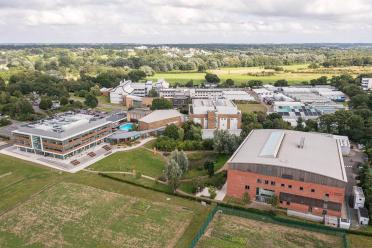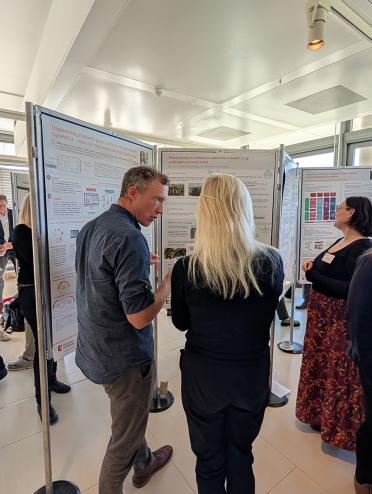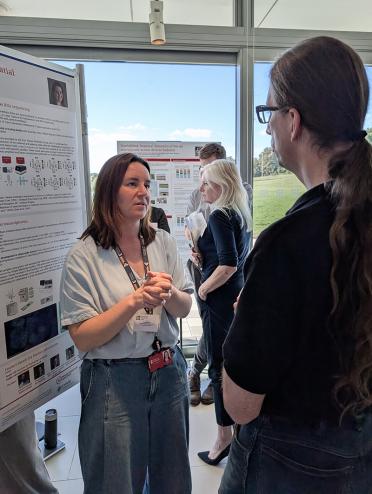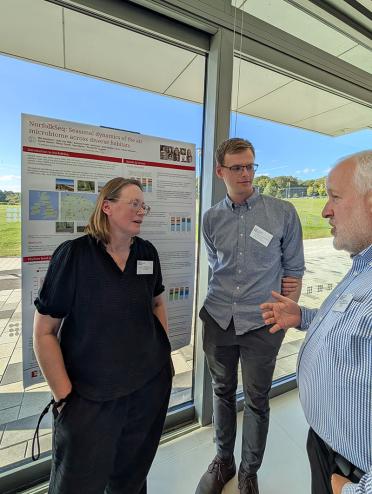
The challenge is clear: global food demand is rising rapidly, yet natural resources must be protected, and the environmental impact of farming reduced. Agricultural innovation is at the heart of these solutions – it is the only way that food systems will be able to meet the demand without depleting nature.
Why Collaboration Matters
This is a hugely complex global challenge; no single organisation or institute can solve these challenges in isolation. We know the power of interdisciplinary science to increase the resilience of food. However, these scientific solutions cannot remain in laboratories and academia. From farmers to growers to industry to supply chains – everyone must connect to ensure that agricultural innovations reach the people who need it the most.
This is not just a national challenge; most value chains are global. Therefore, to create real impact, agricultural innovation must be global too.
Connecting Research and Industry
So how can research institutes and global companies work together to drive change?
- Providing expertise - Research institutes bring knowledge that companies may not have in-house, including advanced data science and technologies that increase R&D efficiency.
- Co-creating solutions - From restoring soil health to advancing biological pest control, partnerships can focus on overcoming specific agricultural challenges.
- Supporting innovation – Researchers and innovators with proven, scalable ideas that offer both impact and return on investment can attract the investment needed to grow.


